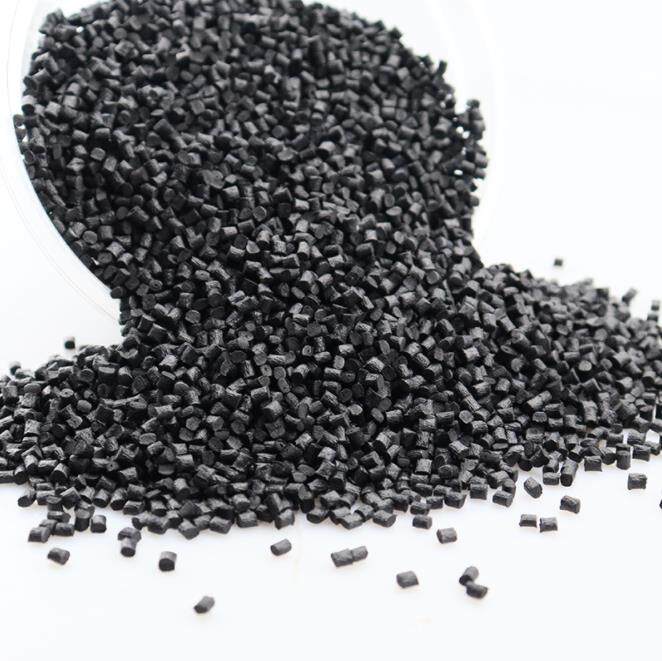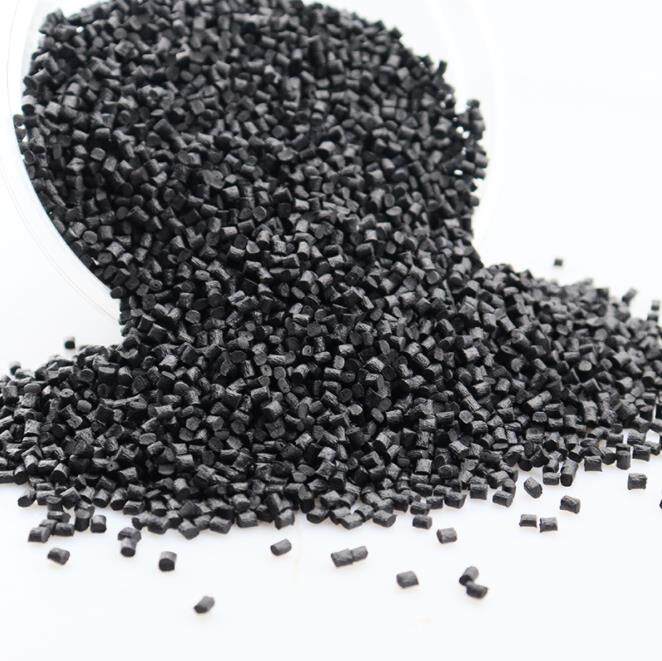Email format error
Email cannot be empty
Email already exists
6-20 characters(letters plus numbers only)
The password is inconsistent
Email format error
Email cannot be empty
Email does not exist
6-20 characters(letters plus numbers only)
The password is inconsistent

Offer Technical Support and Customized Solutions
The company is committed to creating new and improved plastic materials to meet the evolving demands of the market.

Mastering Realistic Plastic Materials in Blender Cycles
Introduction
In the realm of 3D rendering, Blender Cycles stands out as a powerful tool for creating visually stunning scenes. One crucial aspect that elevates the realism of these scenes is the effective use of materials. In this guide, we will delve into the intricacies of crafting lifelike plastic materials using Blender Cycles. Whether you're a novice or an experienced Blender user, understanding the nuances of "Blender Cycles plastic material" can significantly enhance your rendering capabilities.

Fundamentals of Plastic Materials in Blender Cycles
Characteristics of Plastics in the Digital Realm
Before we embark on the journey of creating plastics in Blender Cycles, it's essential to grasp the inherent characteristics of these materials. Plastic materials exhibit a diverse range of properties, from reflective surfaces to varying levels of transparency and an extensive palette of colors. In the context of Blender Cycles, replicating these attributes requires a nuanced approach.
Representing Plastic Realism in Blender Cycles
Blender Cycles, with its sophisticated shader nodes and intuitive interface, provides a canvas for replicating the subtleties of plastic. The nodal system allows for a precise representation of "Blender Cycles plastic material," enabling users to mimic the reflectivity, transparency, and color variations present in real-world plastics seamlessly.
Creating a Basic Plastic Material
Let's dive into the practicalities of crafting a basic plastic material in Blender Cycles. Begin by setting up a shader node network that encapsulates the essence of your desired plastic. Adjusting color tones, experimenting with shader inputs, and fine-tuning basic material settings will lay the foundation for more intricate plastic creations.
Adjusting Reflectivity and Glossiness
Reflectivity plays a pivotal role in emulating the glossy surfaces of many plastics. In Blender Cycles, manipulating the shader nodes allows for precise control over reflectivity. Introducing glossiness or adjusting roughness becomes a delicate dance, as finding the right balance is key to capturing the essence of "Blender Cycles plastic material."
Adding Texture to Plastic Materials
Texture, in the form of procedural or image textures, adds depth and realism to plastic materials. Blender Cycles accommodates various texture types, enabling artists to introduce imperfections or intricate patterns that mirror real-world plastics. The integration of textures elevates the visual appeal of the final render, creating a more compelling and authentic plastic material.
Transparency and Subsurface Scattering for Plastic
Moving beyond the visual surface, transparency and subsurface scattering are essential elements in replicating certain plastic types. Transparent plastics, with their unique light interaction, can be achieved through thoughtful shader adjustments. Similarly, subsurface scattering can be employed to simulate light penetration, adding an extra layer of realism to your "Blender Cycles plastic material."
Real-world Plastic Material Examples in Blender Cycles
Drawing inspiration from the diverse array of plastics in the physical world, Blender Cycles empowers users to recreate specific plastic types. Whether it's the sheen of glossy plastics, the muted elegance of matte finishes, or the optical allure of transparent materials, Blender Cycles provides the tools to breathe life into these digital replicas.
Optimizing Render Settings for Plastic Materials
As we tread into the technical aspects, optimizing render settings becomes paramount. Achieving the delicate balance between rendering quality and speed ensures efficient workflows. In this section, we'll explore tips and techniques to fine-tune your settings for optimal results when working with "Blender Cycles plastic material."
Animating Plastic Materials in Blender Cycles
Beyond static renders, Blender Cycles offers dynamic possibilities for plastic materials. Imagine seamlessly transitioning between colors, adjusting transparency over time, or creating captivating visual effects. This section unveils the potential for animating plastic materials, opening up new avenues for creative expression.
Troubleshooting Common Issues
Even the most seasoned Blender artists encounter challenges when crafting materials. This section addresses common hurdles in the journey of creating "Blender Cycles plastic material" and provides practical solutions and workarounds to keep your creative flow uninterrupted.
Third-party Add-ons for Plastic Material Creation in Blender
In the ever-evolving landscape of 3D rendering, third-party add-ons can serve as valuable assets. Explore a curated selection of add-ons that complement Blender Cycles, enhancing your toolkit for streamlined and efficient "Blender Cycles plastic material" creation.
Conclusion
In conclusion, mastering the art of creating realistic plastic materials in Blender Cycles is a rewarding endeavor. From understanding the fundamentals to exploring advanced techniques, this guide has provided a comprehensive roadmap. Embrace the creative possibilities that "Blender Cycles plastic material" unlocks, and let your imagination flourish in the digital realm of 3D rendering.

